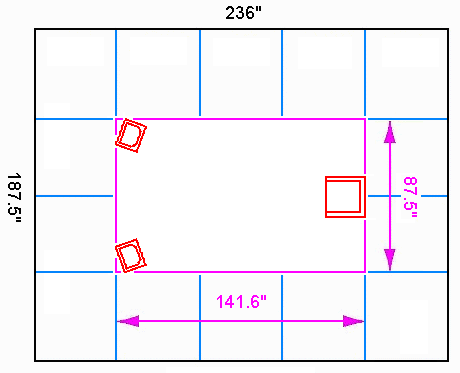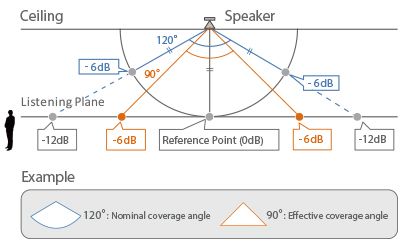
That's why it's hard to set a firm rule, or to rely too heavily on the model and not measurements. Then it gets complicated because you have six surfaces - floors, ceilings, and 4 walls - all at different distances, and maybe the angle of reflection is not square because of furnishings or toe-in or whatever, so you have multiple complex reflections and you have room mode related cancellations and reinforcements in addition to SBIR and listener boundary interference related ones, and listener-boundary distances matter too. So, there can be a spot at which speakers or listener are far enough out into a room that there are problems at low frequencies that are hard to treat, and a spot where they're close enough that LF SBIR isn't the problem. If you get out to 8 feet (or you're sitting at an 8-foot distance from a boundary), you might have harder problems - with a 35 Hz null and a 70 Hz peak. But at 1-ft it's gonna be at 285 Hz or so, a much easier frequency to treat (this is why sometimes a sub/sat set up can be easier to place than a full range speaker, you can place the full rangers at one distance from boundaries at which cancellations are below the range at which they're operating and you can place the sub at distances where the cancellations are above the range at which they're operating).

So at 3-ft you might have a 1/4 wavelength null at 94 Hz at 5 feet, you'll have it at 56 Hz.



Click to expand.The thing is, all you're really doing when you're move the speakers (and listening position) around in the a typical home-sized room, is changing the frequencies at which the peaks and nulls related to fractional wave length reflections are centered.


 0 kommentar(er)
0 kommentar(er)
